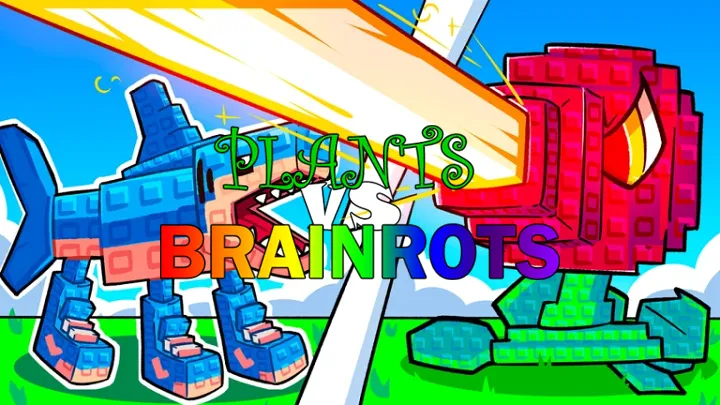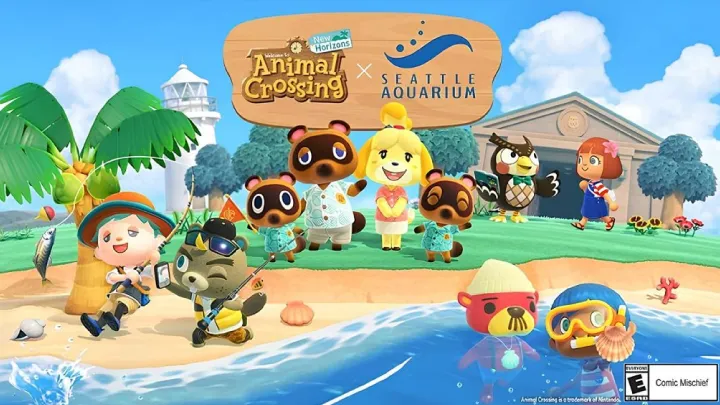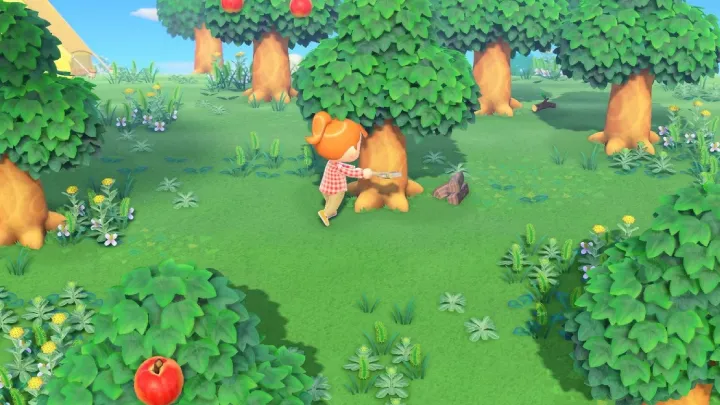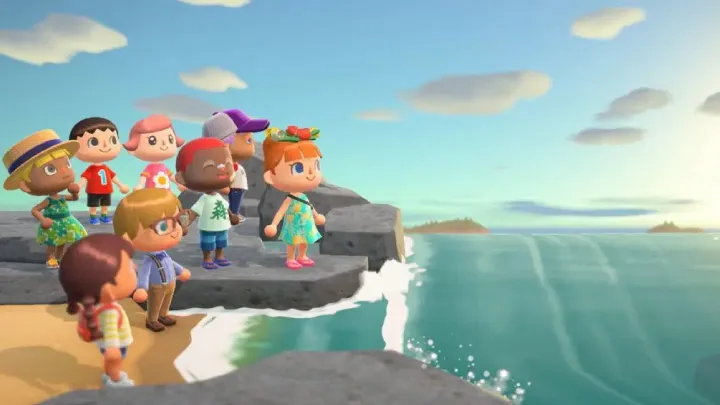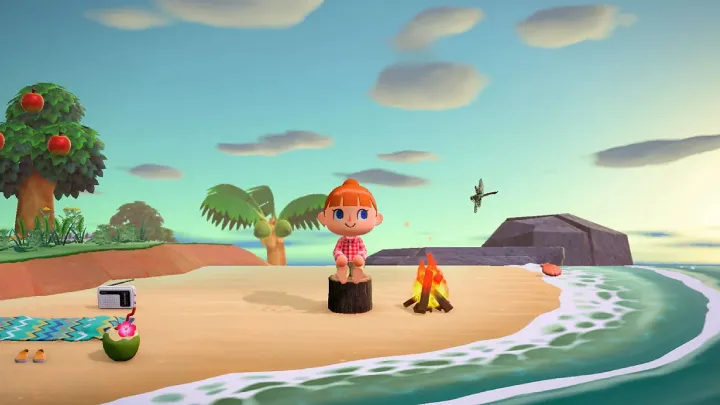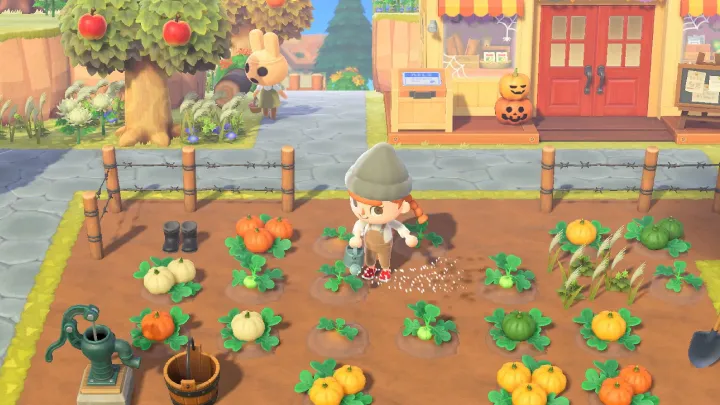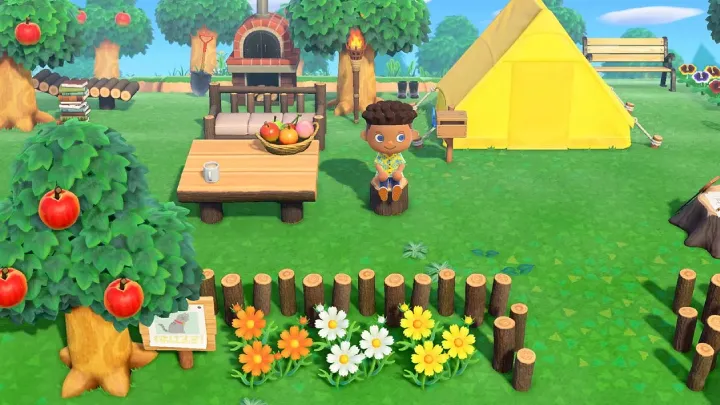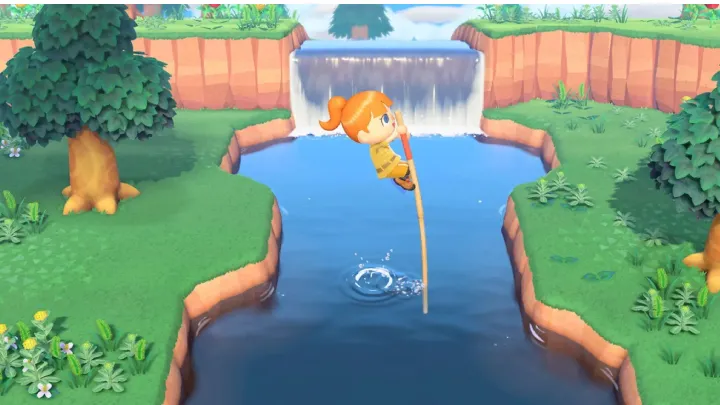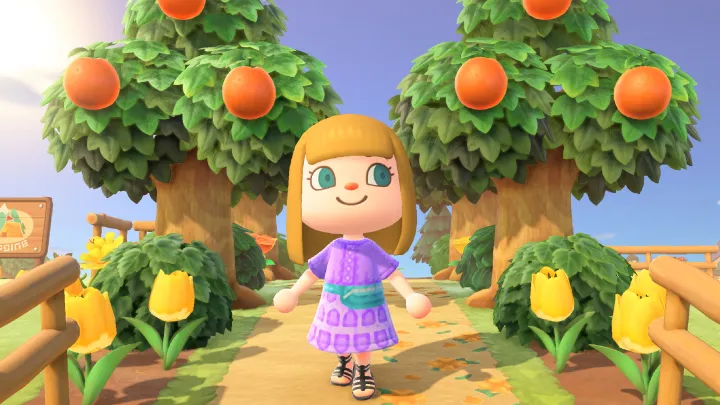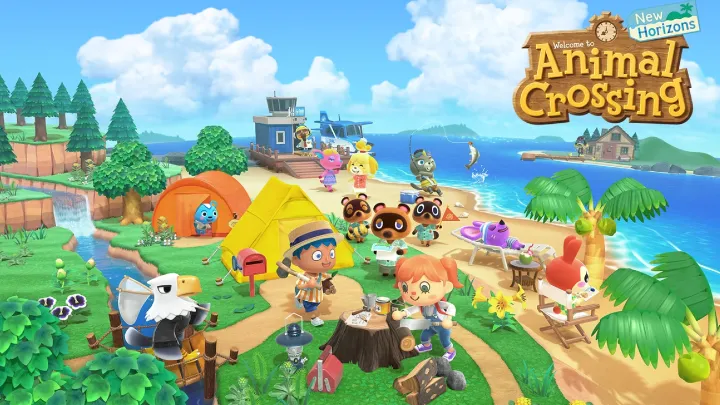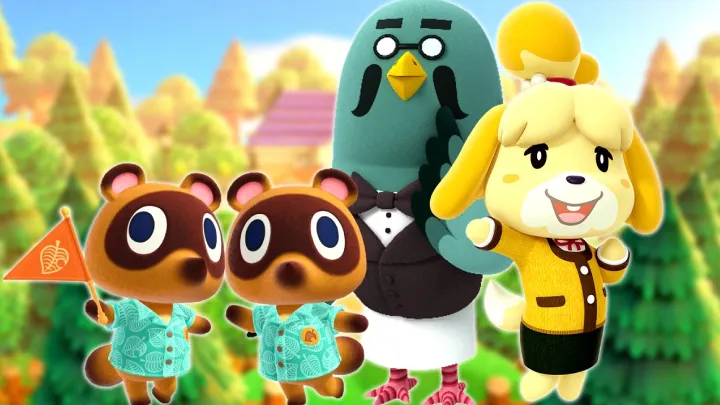Introduction
Animal Crossing: New Horizons (ACNH) offers players a serene escape into a world of creativity and community. At its core, however, lies a complex system of resource management that significantly affects gameplay and player experience. This article delves deep into the intricacies of resource management within ACNH, exploring how it shapes player strategies, influences island development, and fosters community interactions. By examining various resources—such as wood, stone, and crafting materials—and their management, players can enhance their gameplay and make more informed decisions.
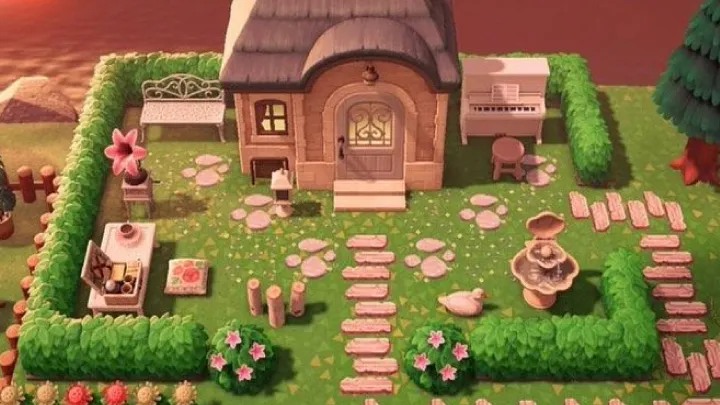
Understanding Resources: The Building Blocks of Your Island
The Core Resources in ACNH
ACNH is built around several core resources that players must gather to craft items, build structures, and expand their islands. These resources include:
- Wood: Obtained from trees, wood is essential for crafting tools, furniture, and other items.
- Stone: Found by hitting rocks, stone is crucial for crafting and upgrading buildings.
- Iron Nuggets: A rarer resource, iron nuggets are needed for crafting advanced tools and furniture.
- Clay: Used for crafting various items and building materials, clay is another essential resource.
Gathering Techniques for Efficiency
To effectively manage resources, players should employ efficient gathering techniques. Here are some tips:
- Daily Routine: Establish a daily routine for gathering resources. Set aside time each day to visit trees, rocks, and other resource spots.
- Use the Right Tools: Use axes and shovels wisely to maximize resource yield. For instance, a stone axe allows you to gather more wood than a flimsy axe.
Crafting: Turning Resources into Valuable Items
The Crafting System Explained
Crafting is a fundamental aspect of ACNH, allowing players to create tools, furniture, and decorations from gathered materials. Understanding the crafting system is essential for effective resource management.
DIY Recipes and Their Importance
Players can collect DIY recipes from bottles, villagers, and Nook's Cranny. These recipes dictate what can be crafted and require specific resources. Here’s how to optimize crafting:
- Prioritize High-Value Items: Focus on crafting items that have higher resale values or are essential for progression.
- Stockpile Resources: Keep a variety of materials on hand to craft items as needed.
Crafting Strategies for Success
To maximize crafting efficiency, consider these strategies:
- Batch Crafting: When possible, gather enough materials to craft multiple items at once, saving time and effort.
- Plan Ahead: Anticipate the items you’ll need for future projects and gather resources in advance.
Building and Expanding: The Role of Infrastructure
The Importance of Infrastructure
Building and expanding infrastructure on your island is crucial for progression. Structures like Nook’s Cranny, the museum, and your home require significant resources.
Upgrading Facilities
Upgrading facilities allows players to access better items and services. For example, upgrading Nook’s Cranny provides access to a wider variety of items.
- Collecting Resources for Upgrades: Each upgrade requires a specific set of materials, emphasizing the need for efficient resource management.
- Time Investment: Players should allocate time to gather the necessary resources before starting an upgrade.
Planning Your Island Layout
An organized layout can enhance resource management and accessibility. Consider these tips:
- Zoning Areas: Designate specific areas for resource gathering, crafting, and residential buildings to streamline gameplay.
- Accessibility: Ensure that paths connect essential areas, making it easy to navigate your island.
The Turnip Market: A Unique Economic Challenge
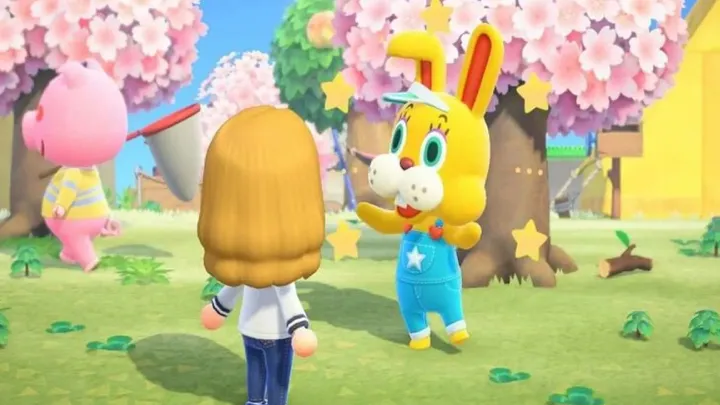
Understanding the Stalk Market
The Turnip market introduces a unique economic element to resource management in ACNH. Players buy turnips on Sundays and sell them throughout the week for a profit.
Buying and Selling Turnips
To maximize profits:
- Purchase Turnips: Buy turnips from Daisy Mae on Sundays, with prices varying each week.
- Monitor Prices: Check Nook’s Cranny daily for turnip selling prices to identify the best time to sell.
Strategies for Success in the Stalk Market
To succeed in the Turnip market, players should consider the following:
- Price Tracking: Utilize online resources or community forums to track turnip prices and market trends.
- Diversification: Consider diversifying your investments by selling some turnips early while holding onto others for potential higher profits.
Social Dynamics and Villager Interactions
The Role of Villagers in Resource Management
Villagers contribute significantly to resource management in ACNH. Building relationships with them can yield unique items, recipes, and resources.
Attracting New Villagers
To expand your community:
- Campsite Visits: Set up a campsite to encourage new villagers to visit. Engaging with them can lead to opportunities for resource exchange.
- Gift Giving: Offering gifts to villagers can strengthen relationships and unlock new recipes.
Daily Interactions and Their Benefits
Engaging with villagers daily helps build friendships and can lead to rewards. Consider these benefits:
- Item Exchange: Villagers may offer rare items or resources in exchange for gifts or assistance.
- Special Events: Participating in events hosted by villagers can yield unique items and resources.
Environmental Awareness: Sustainable Resource Management
The Importance of Sustainability
Sustainable resource management is essential for maintaining a thriving island ecosystem. Over-harvesting can lead to resource depletion and negatively impact gameplay.
Balancing Resource Use
To practice sustainable resource management:
- Limit Tree Cutting: Avoid cutting down too many trees at once. Instead, opt for a selective approach to maintain a balance.
- Replanting: Plant new trees and flowers to replenish what has been harvested.
The Role of Nature in ACNH
Nature plays a vital role in the game’s economy. A healthy island attracts more villagers and visitors, creating additional opportunities for resource gathering and social interaction.
Creating Habitats
Designing habitats for specific species can promote biodiversity on your island. Consider these tips:
- Native Plants: Plant native flowers and trees to attract local wildlife, enhancing the island's ecosystem.
- Water Features: Incorporate ponds and rivers to support aquatic life, increasing the variety of fish and bugs available for catching.
The Psychological Aspects of Resource Management
Motivation and Player Engagement
The resource management system in ACNH is designed to keep players engaged through a series of rewards. Gathering materials, crafting items, and expanding the island provide a sense of accomplishment.
The Role of Progression
As players gather resources and craft items, they experience a satisfying sense of progression. This motivates continued engagement with the game.
The Impact of FOMO (Fear of Missing Out)
Limited-time items and seasonal changes can create a sense of urgency, compelling players to engage with resource management actively. This phenomenon can influence player behavior and decision-making.
Strategies to Combat FOMO
To mitigate the effects of FOMO:
- Plan Ahead: Keep a stockpile of resources for future crafting and building projects.
- Stay Informed: Follow community updates and announcements to remain aware of upcoming events and items.
Future Updates and Resource Management Enhancements
Anticipating Changes in Resource Management
As ACNH continues to evolve, future updates may introduce new features that impact resource management. Players should stay informed about upcoming changes.
Potential Enhancements
Possible updates could include:
- New Resource Types: Introducing new resources could add depth to the crafting system and encourage players to explore different strategies.
- Expanded Crafting Options: Enhancing the crafting system could allow for more creativity and customization, further enhancing the gameplay experience.
Adapting to Evolving Strategies
As the game evolves, players must adapt their resource management strategies to remain competitive. Staying informed about updates and participating in community discussions can help players navigate these changes effectively.
Conclusion: Embracing Resource Management in ACNH
Resource management is a cornerstone of the gameplay experience in Animal Crossing: New Horizons. Understanding how to gather, craft, and utilize resources effectively allows players to build vibrant islands and engage meaningfully with the game world. By focusing on sustainable practices, fostering relationships with villagers, and adapting to economic challenges, players can thrive in this enchanting environment. Embrace the complexities of resource management, and enjoy the journey of creating your island paradise.
